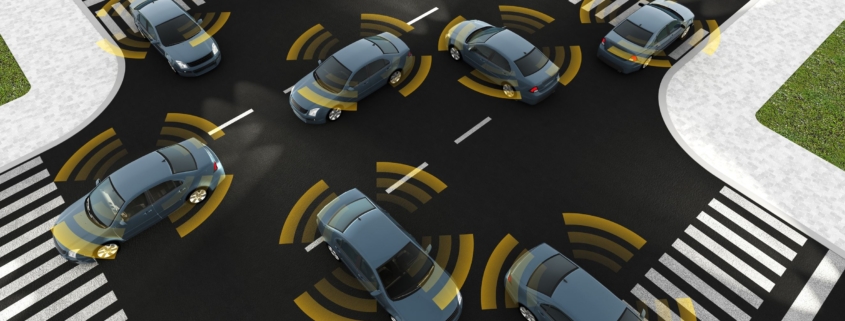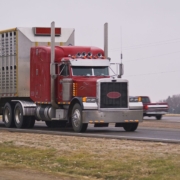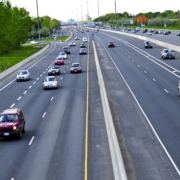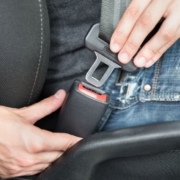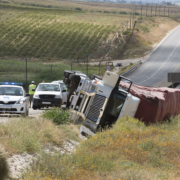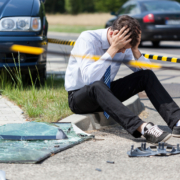When Drivers Of Driverless Vehicles Get Into Crashes
Late last week, a Tesla traveling at 65 miles per hour crashed into the back of a fire truck. The Tesla’s driver claims the collision wasn’t his fault; the Tesla’s driver claims he wasn’t driving. The vehicle was on autopilot—that is, the car was driving itself. As such, the driver believes he should not be held liable for the incident.
As detailed in The Washington Post, this is just one in a growing number of such accidents. And the legal ramifications aren’t yet clear cut. Namely, it’s uncertain whether the “drivers” of such cars, their manufacturers, or engineers further up the supply chain are at fault for collisions when the cars are set to autopilot.
Where does responsibility lie?
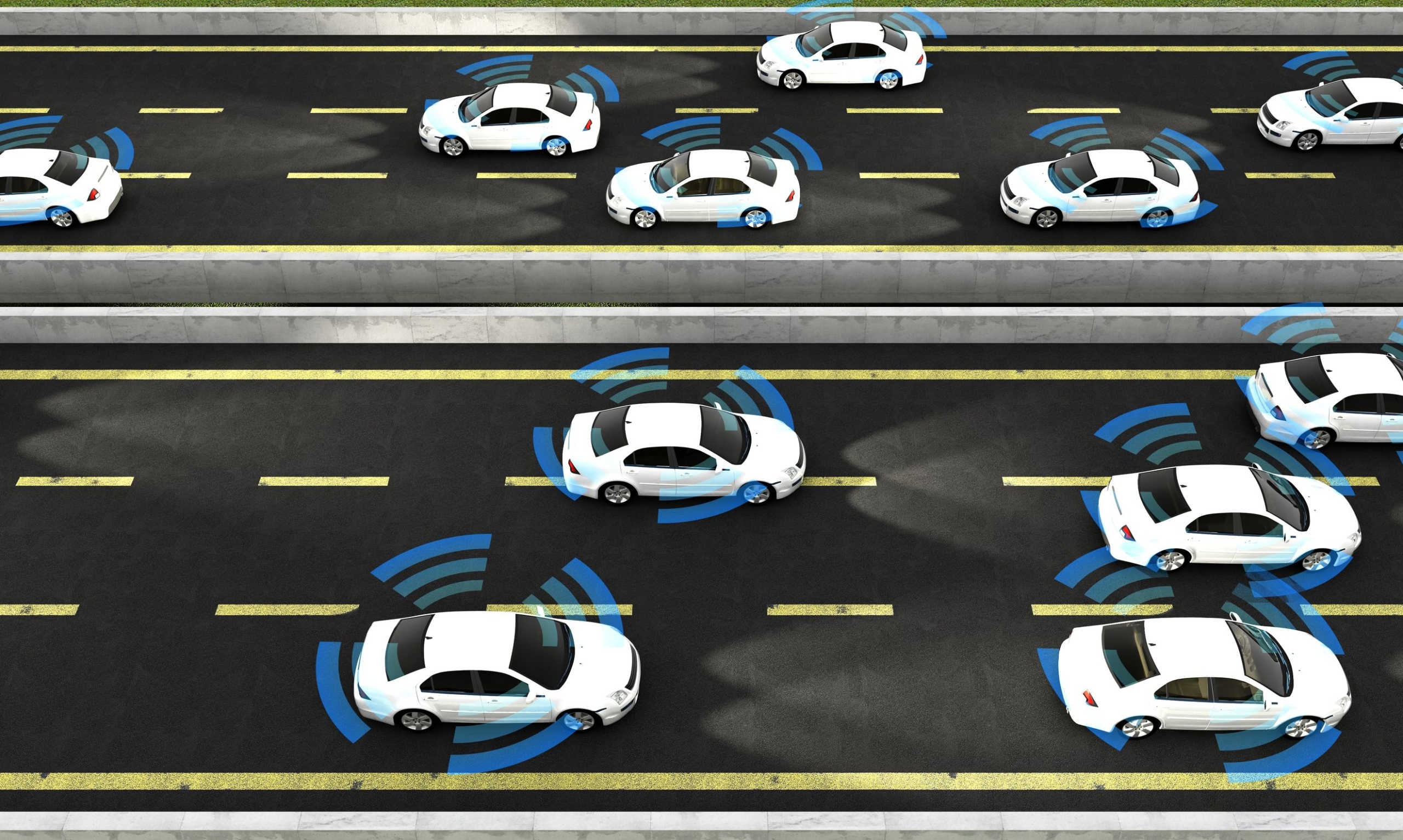 Tesla is quick to deflect blame. They note that “its autopilot system is not fully autonomous,” and that drivers are informed that they are expected to be “fully attentive” behind the wheel because they are ultimately responsible for any accidents that happen.
Tesla is quick to deflect blame. They note that “its autopilot system is not fully autonomous,” and that drivers are informed that they are expected to be “fully attentive” behind the wheel because they are ultimately responsible for any accidents that happen.
But the cars themselves do make mistakes. In 2016, for example, a Tesla Model S crashed after it failed to recognize that a semi-truck had turned onto the highway in front of it—yet recognizing and accounting for merging and fluid traffic is something the cars are supposed to be able to do. (The driver was held responsible in this case, but prominent commentators assert that the vehicle contributed actively to the incident.)
Likewise, according to Claims Journal, as autonomous vehicles become more and more common, the start-ups and tech companies that develop the software that goes into them may find themselves liable. “Software that will run each component of an autonomous vehicle” – such as onboard computing, wireless internet networks, and graphics rendering systems – “will be essential to the smooth, safe, and secure operation of the vehicle and each present a point for consideration of the assignment of liability in the supply chain.”
Furthermore, there is the question of whether autonomous vehicles are in some way responsible for cultivating overreliance on behalf of drivers. That is, even though drivers should know that the autopilot feature is unreliable, the carmakers have made it too alluring and safe-seeming to resist giving it too much authority.
Still, in many cases to-date, the drivers themselves are the ones being held to account.
What to do
If you have been in a collision with an autonomously piloted car – with you were driving one yourself, or were struck by one – it could be advantageous to work with a lawyer to ensure your rights and interests are protected.
Such incidents can lead to a wide range of expenses – from property damage to lost wages to medical bills – and, in many situations, an attorney is necessary for accident victims to get their fair due.

